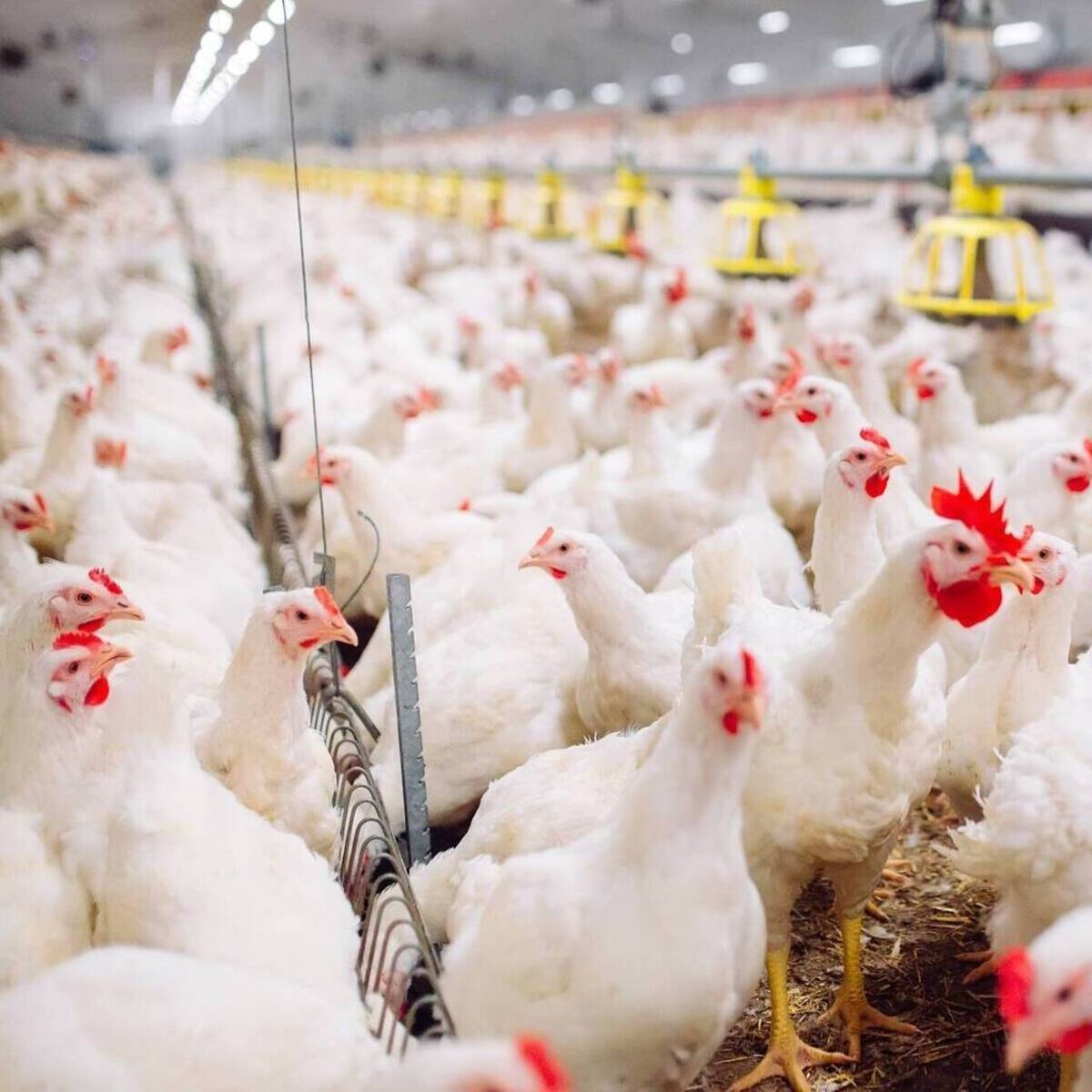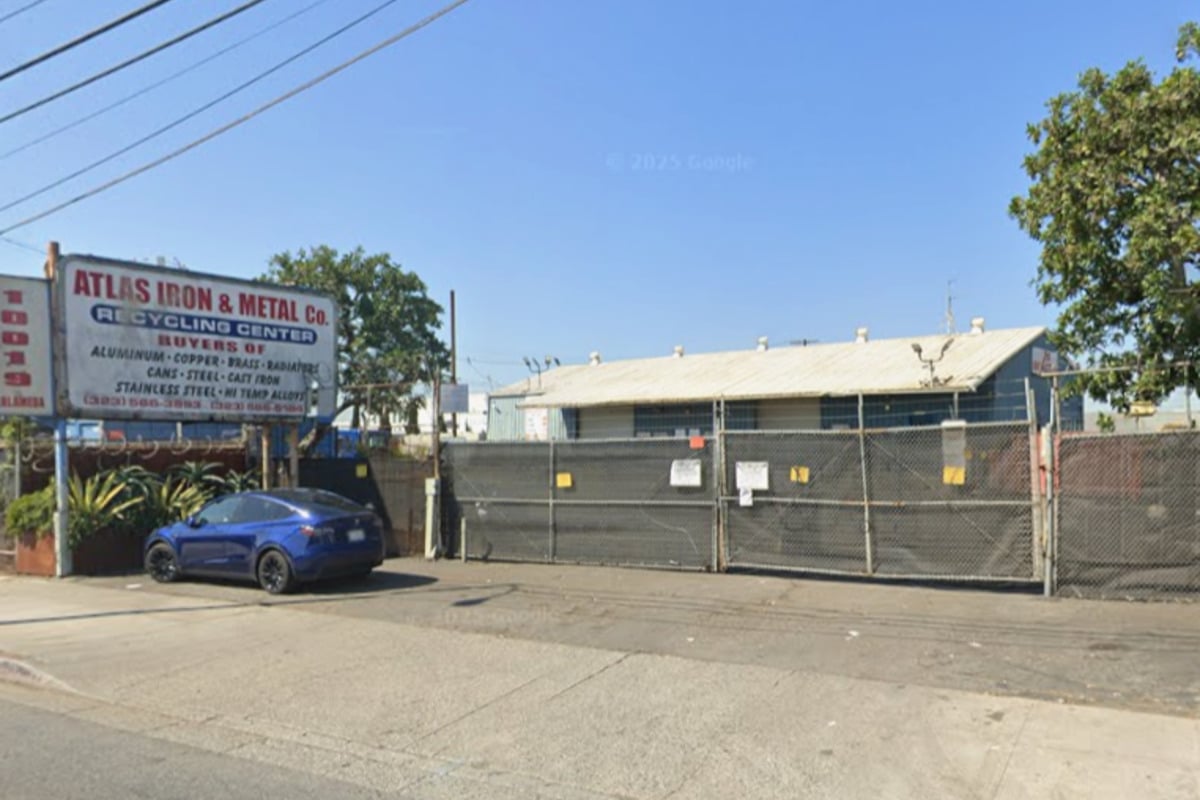Copyright irishexaminer

The webinar hosted presentations from the Clinical Director of St Davids Poultry team, Dr Aonghus Lane, and Senior Veterinary Inspector for the Department of Agriculture, Alan Johnson. The webinar followed the news of an immediate housing order issued to UK-based and Northern Irish bird owners. Mr Johnson gave a presentation to the attendees, issuing an update on the spread of the Highly Pathogenic Avian Influenza (HPAI) H5N1. Updating current outbreaks, Mr Johnson reported that from October 1 to November 3, there were 745 HPAI outbreaks across Europe, with a further 48 outbreaks reported in the last 48 hours at the time of the webinar. From those figures, 126 of the outbreaks between October and November were in poultry, with 8 cases within the 48-hour figure attributed to the same group. Cases of HPAI in wild birds amounted to 592 confirmed outbreaks between October and November, with 39 further cases attributed to wild birds within the last 48 hours. Only 27 outbreaks have been confirmed in captive birds out of the 745 cases, with one confirmed in the last 48 hours. With weather conditions making it ideal for the disease to persist in an environment for a prolonged period and outbreaks occurring in the North, Mr Johnson warned bird owners that: “The risk of incursion of avian influenza in Ireland has risen.” It was revealed in the meeting on Thursday night that a UK-based company is currently humanely euthanising the birds on the Meath farm, one of the latest confirmed outbreaks in Ireland. The Department of Agriculture has recently issued tenders and has secured contracts with outside companies to facilitate large-scale culling if necessary. Dr Lane, speaking to attendees, stressed the need for strict biosecurity to be exercised by all bird owners. Dr Lane warned bird owners that this strain of HPAI needs only a low dose to infect a bird and is highly contagious. Referring to a recent conference he attended on HPAI, it was revealed that the ‘R number’, which refers to a rating of how well a disease can spread, was 14 to 16. This meant that on average, for every bird infected with the HPAI, 14 to 16 birds could be infected as a result. Reminding attendees of the symptoms of bird flu among their flock, such as sudden mortality, drop in egg production or change in shell composition, drop in water and feed intake, respiratory symptoms, diarrhoea, neurological signs or a change in behaviour particularly suddenly inactive birds he highlighted a common symptom among all confirmed cases of the H5N1 HPAI strain, which was subcutaneous haemorrhaging. This haemorrhaging will appear as blue discolouration or have a likeness to bruising in birds, showcased in a post-mortem exam or on exposed areas of skin on birds. Both Mr Johnson and Dr Lane stressed the importance of biosecurity as the number 1 preventative for the disease. Dr Lane emphasised the need for the site where poultry are housed should be closed off with proper biosecurity measures in place. Reminding attendees that “cleaning is critical. A disinfection point is not a cleaning point,” he reminded bird owners to thoroughly clean and scrub footwear before disinfecting and that any vehicles that have to enter a poultry site should be first power-washed thoroughly and then disinfected before entering the bio-secure area. On the importance of record keeping, Dr Lane said: “It is the legal responsibility of the farmers to ensure all visitors are filling the visitor book,” to ensure all visitors can be notified or inspected if an outbreak were to occur. Taking questions from attendees, a farmer asked whether a vaccine for bird flu would be offered. Although in other countries vaccines are used, Mr Johnson said the department was not currently considering the use of vaccines in Ireland at the moment. Dr Lane added that the costs of testing and vaccinating are a massive cost to the industry and do create trade implications with some countries not accepting birds, poultry or bird products from birds that have been vaccinated for the bird flu. Also of concern to farmers were the restriction zones. With coordination between the Department of Agriculture and the Department for Environment, Food & Rural Affairs (DEFRA), it was confirmed at the meeting that if a restriction zone crossed the border, it would also apply to all poultry farmers who are located geographically within the zone. These restriction zones can affect bird, poultry, egg and manure movements and can last a minimum of 30 days following the initial cleaning and disinfection of an outbreak site once depopulated of birds, assuming no further outbreaks are discovered within the zone. Worries regarding litter or manure exporting from farms were raised by farmers at the meeting. As long as a farm does not fall within a protection or surveillance zone, the exporting of litter is still allowed and can be spread on fields off-site. Closing out the meeting, IFA Poultry Chair Nigel Sweetnam reminded attendees that although a stressful and isolating time for poultry farmers and flock owners, it is important to stay connected with one another. Keeping mindful that you may not be able to visit other yards and the mental health pressures and worries that come with a situation like a compulsory housing order or the threat of outbreaks may cause is important to keep in touch and check in with fellow flock owners.



